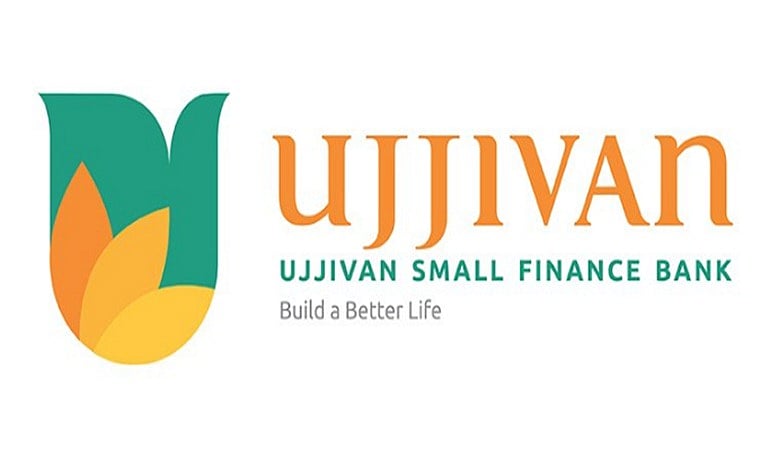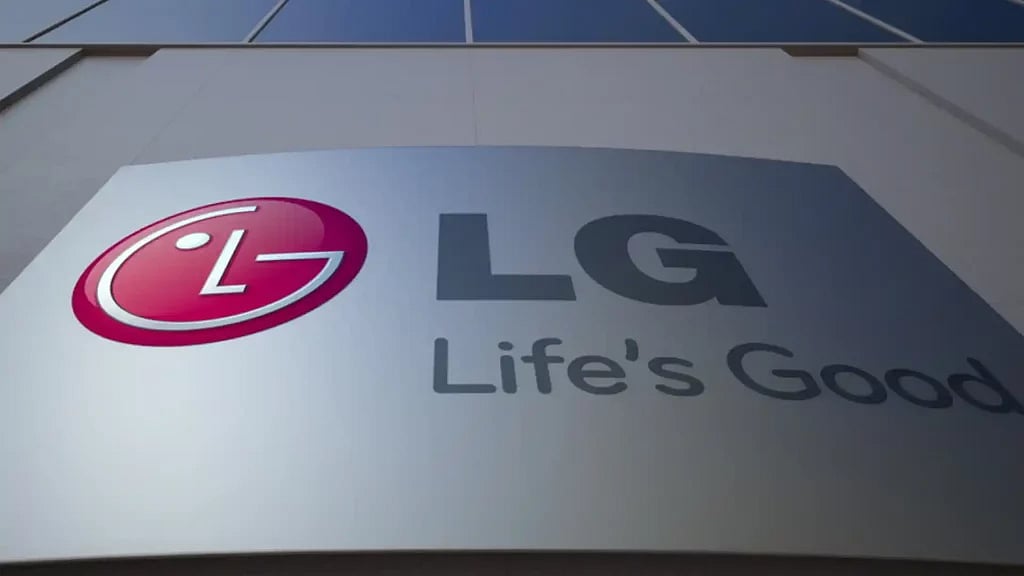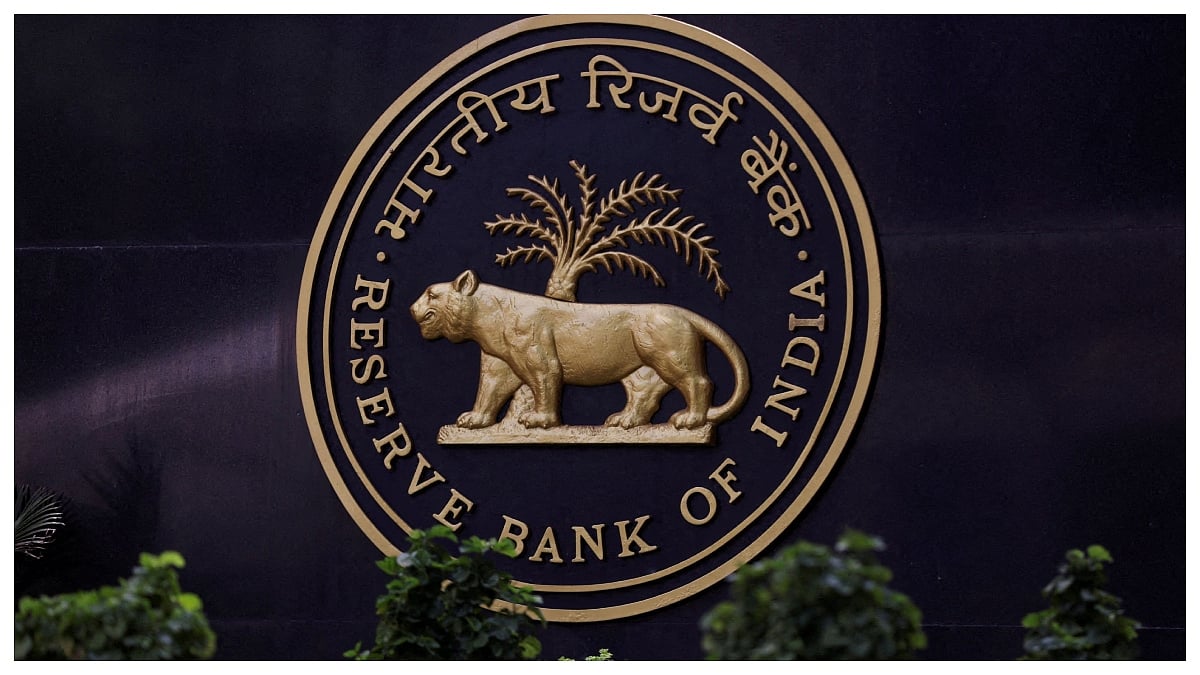What is Ujjivan Small Finance Bank?
The promoter/holding company, Ujjivan Financial, was established in 2005 as an NBFC, specializing in microfinance. The company was started with the intention of targeting the unbanked and the underprivileged by offering them small loans. These sections of society typically borrow from loan sharks, who charge absurd amounts (sometimes upwards of 60% a year!). Ujjivan’s rates were significantly lower.
The company received a small finance bank license in October 2015, and commenced banking operations in Feb 2017. A small finance bank has to have atleast 25% of its banking outlets in unbanked rural areas, and 50% of its loans have to be limited to ticket size of less than 25 lakhs.
Why does Ujjivan Small Finance Bank have to IPO?
IPO is being undertaken under RBI’s directive to have a direct listing of the small finance bank (and not via holding company, which is already listed as Ujjivan Financial Services) within 3 years of achieving a net worth of Rs. 500 crore.
What is Ujjivan’s SFB’s Business Model?
Ujjivan Small Finance Bank (USFB) has seen steady growth and diversification of its asset book in the past three years. At the time the bank started, close to 97 percent of assets were from microfinance, which is now down to 80 percent as the bank has added other secured lines of lending. Currently, Ujjivan has Rs. 12,864 crores of loans well diversified across Tamil Nadu (17%), Karnataka (16%), West Bengal (14%), Maharashtra (9%) and 20 other states. It has a total of 4.9 million customers.
The bank has done well to improve its liability profile (sources of funding). The share of deposits in the total funding mix that was 6 percent in Q1 FY18 and used to fund only 6 percent of assets is now funding 80 percent of assets. Increase in deposits helps in reducing cost of funding. While CASA (low cost current and savings accounts) is still minuscule at 13 percent, the steady acceleration of deposits and CASA remains a long-term driver of stable margins. The only caveat is that top 20 depositors account for 35% of total deposits and a loss of such customers could materially and adversely affect deposit portfolio.
With overall yields of 20%, cost of funds close to 8.4%,and net NPA is 0.3%. This is quite healthy when compared to other peers like AU Bank and Equitas Holdings. The bank’s cost to income ratio has declined from 95% in 2017 to 64% in June 2019, which had spiked up in 2017 as it had to make upfront investments in building branches, manpower etc.
Should you invest in the IPO?
Almost all the broking companies covering the IPO have a ‘subscribe’ rating on the IPO. I would like to highlight a few points that investors should be aware of:
1. Nearly 80% of the company’s loan book comprises of microfinance loans. Therefore, any social, political or regulatory disruption can meaningful increase delinquencies (during demonetisation gross NPAs increased to over 6%!)
2. SFBs are subject to stringent periodic inspections by the RBI. As per guidelines, the holding company, Ujjivan Financial Services, will have to reduce holding in Ujjivan SFB to less than 30% by 2029. Hence, trimming of promoter stake will be an implicit overhang on the stock.
3. As has been highlighted earlier, top 20 depositors account for 35% of total deposits and a loss of such customers could materially affect the liability franchise of the company.
Having highlighted these facts, at the upper price band of Rs. 37, the company’s valuation would be at a reasonable 2.2x book value, which is significantly cheaper than peers. However, going by the grey market premium of Rs. 17, the retail quota being subscribed 8x on day 1 and the consensus ‘subscribe’ view of brokers, the bank is likely to be oversubscribed meaningfully.
When this happens, the retail investor will get only a fraction of the number of shares that he has applied for. Furthermore, the bank will list at a significant premium to the IPO price band. Thus, if one were to buy the stock of Ujjivan SFB after the IPO, the valuations would much steeper, leaving less room for the investor to benefit from the bank’s listing.
For more insights like these, please visit https://inchat.app/









